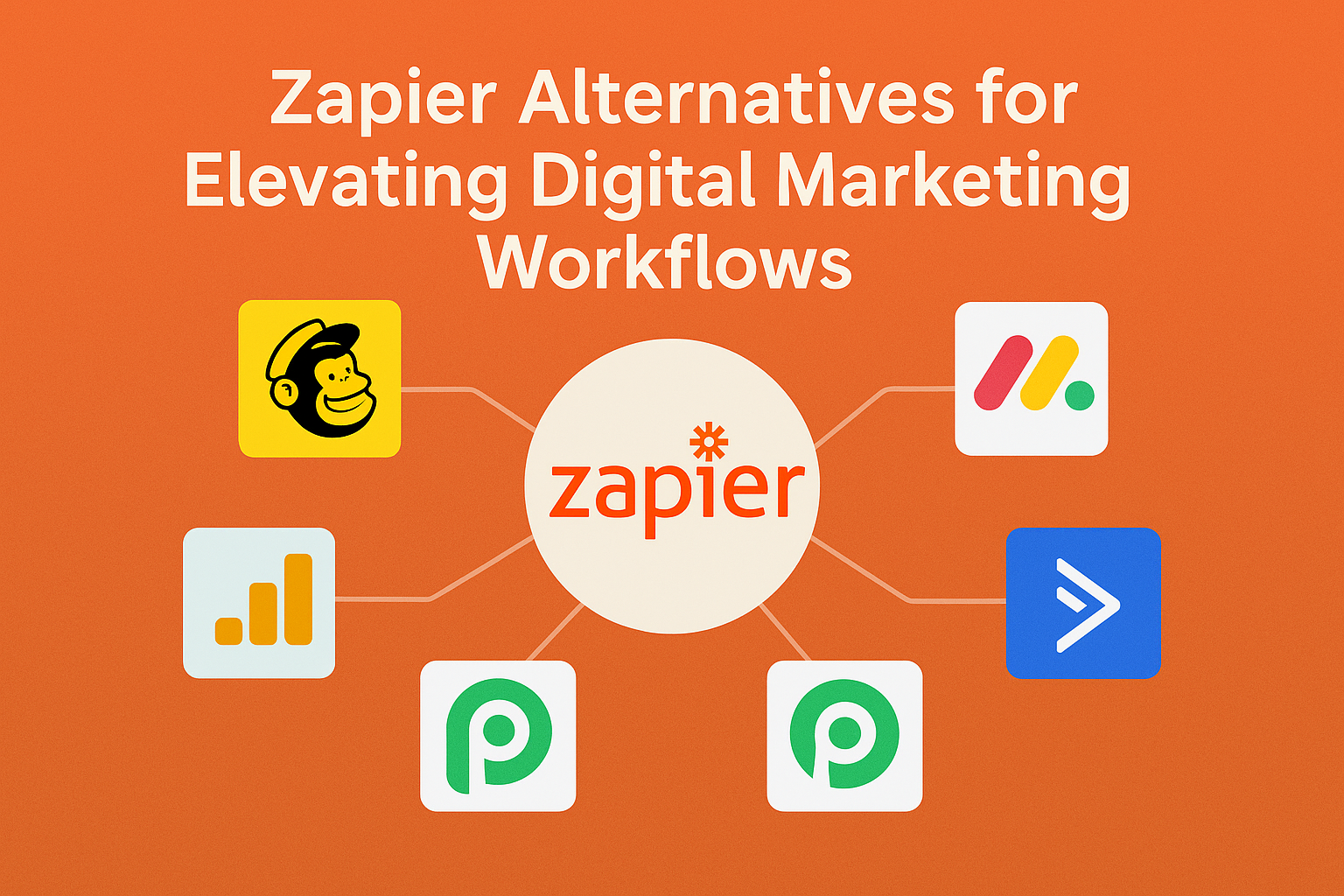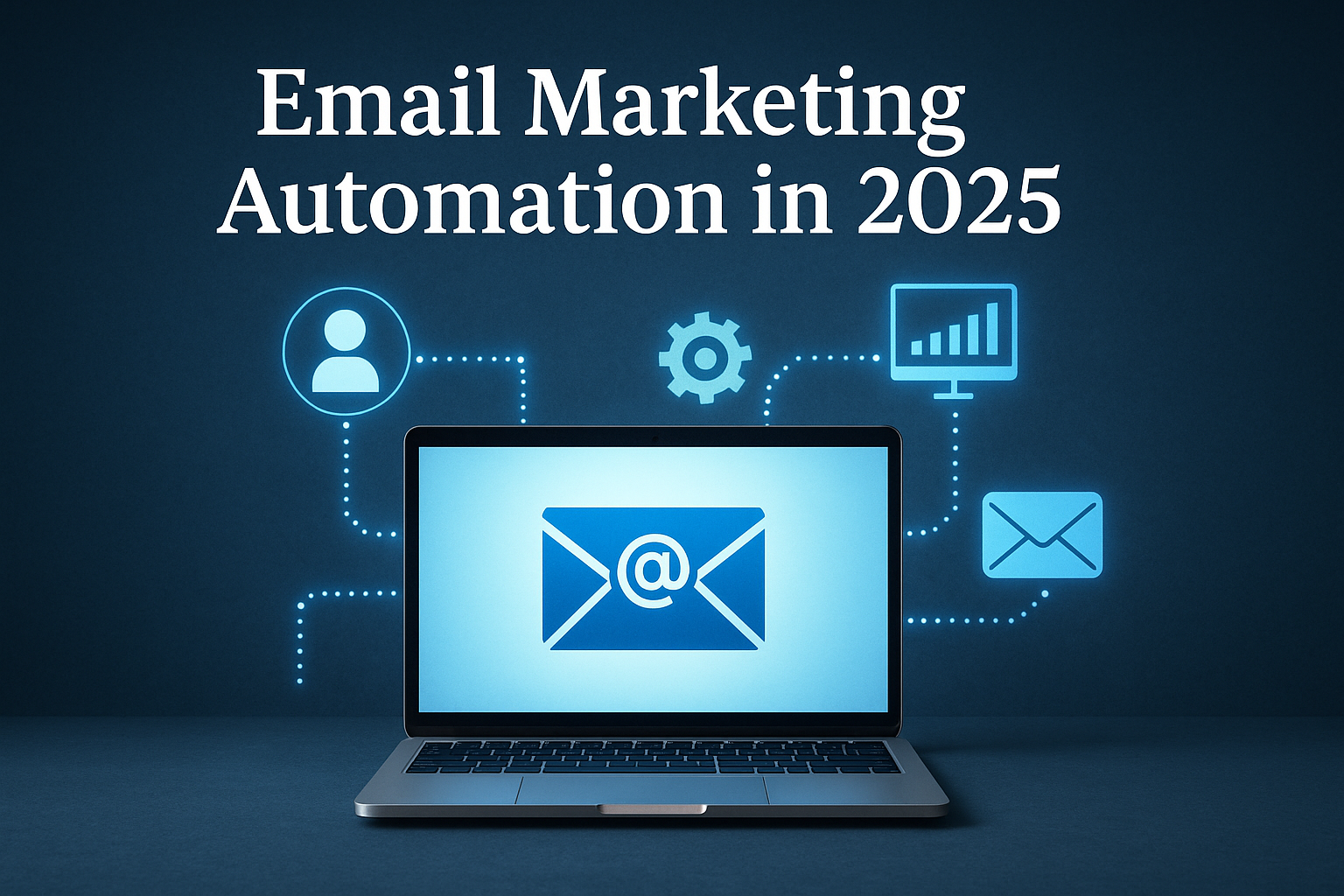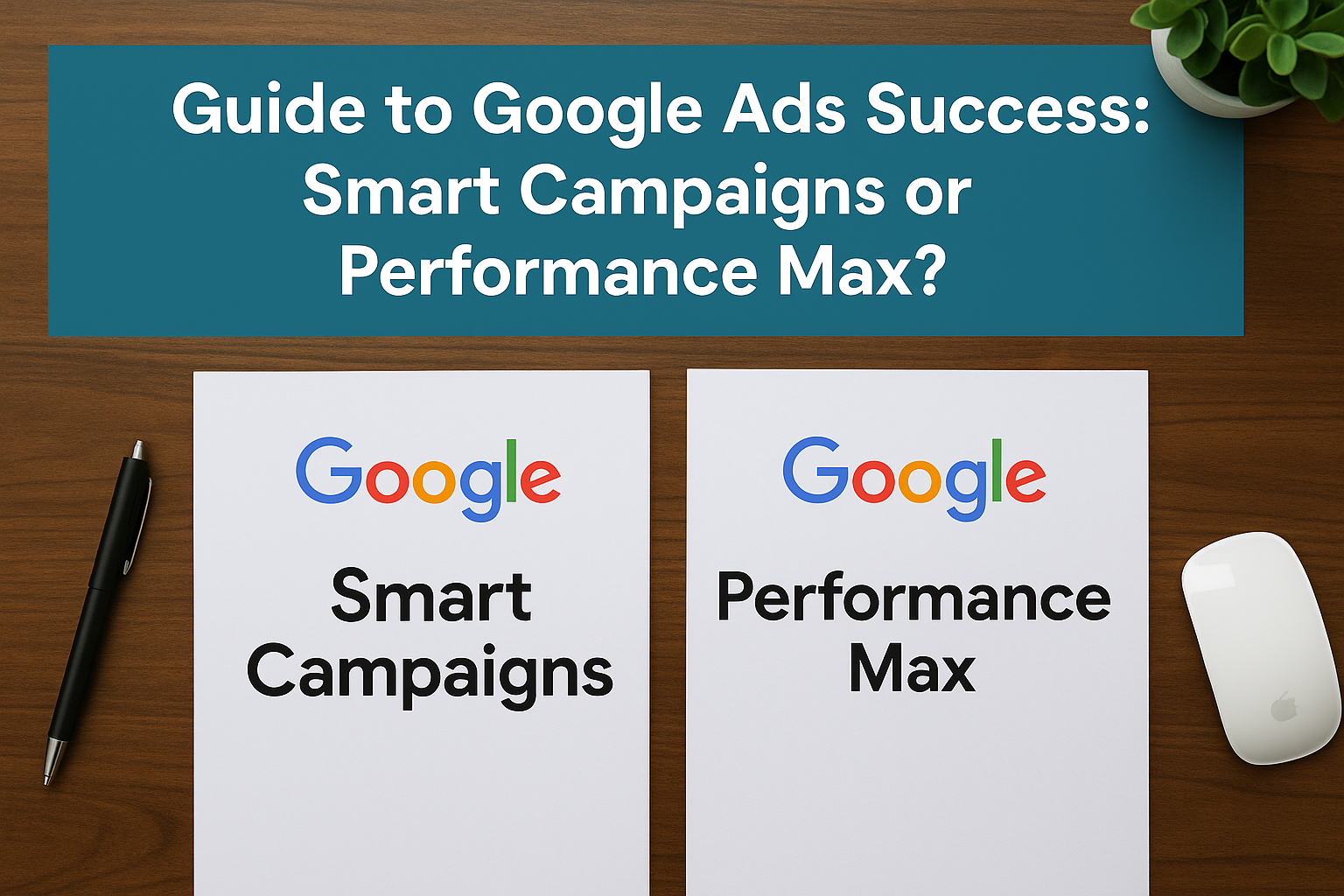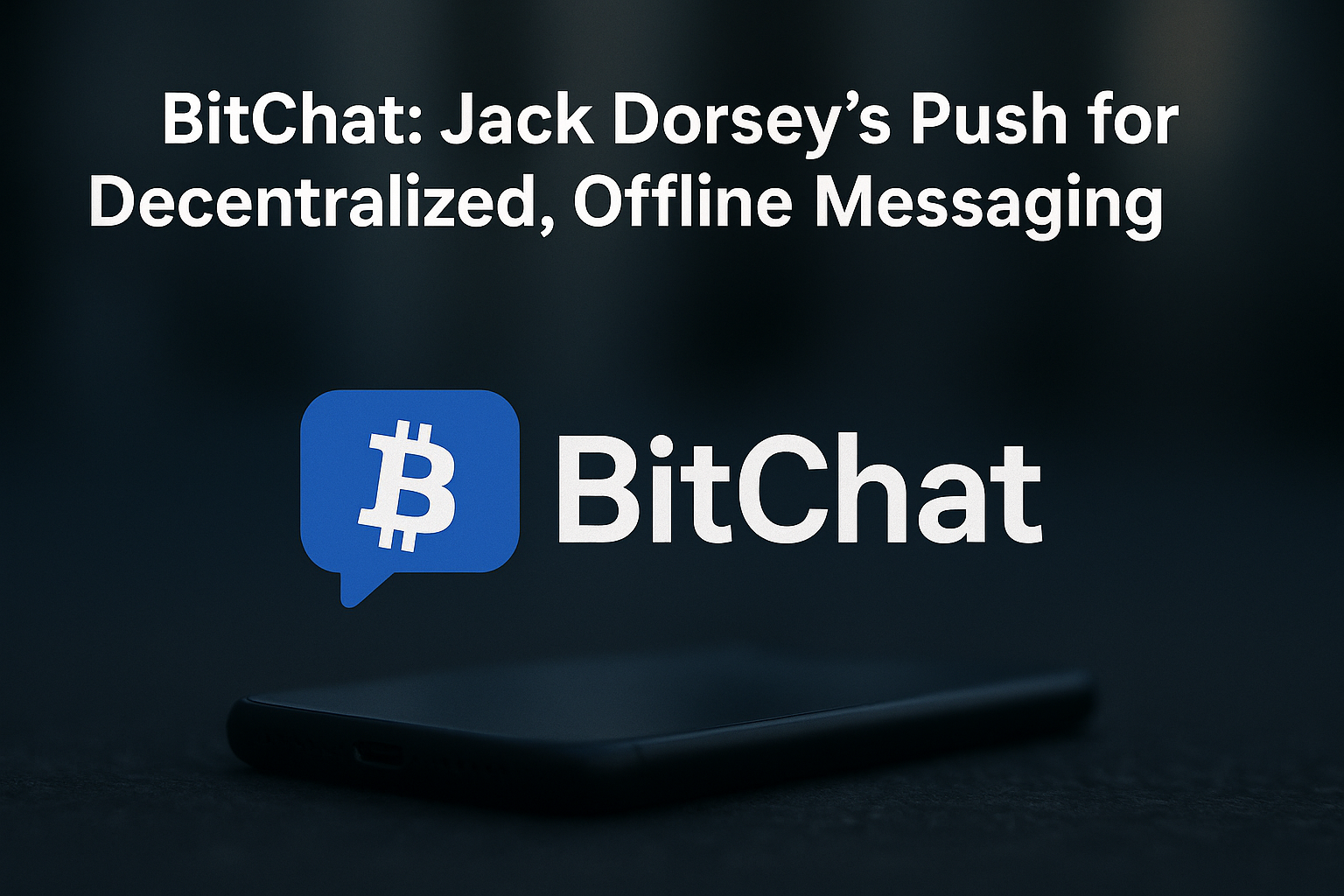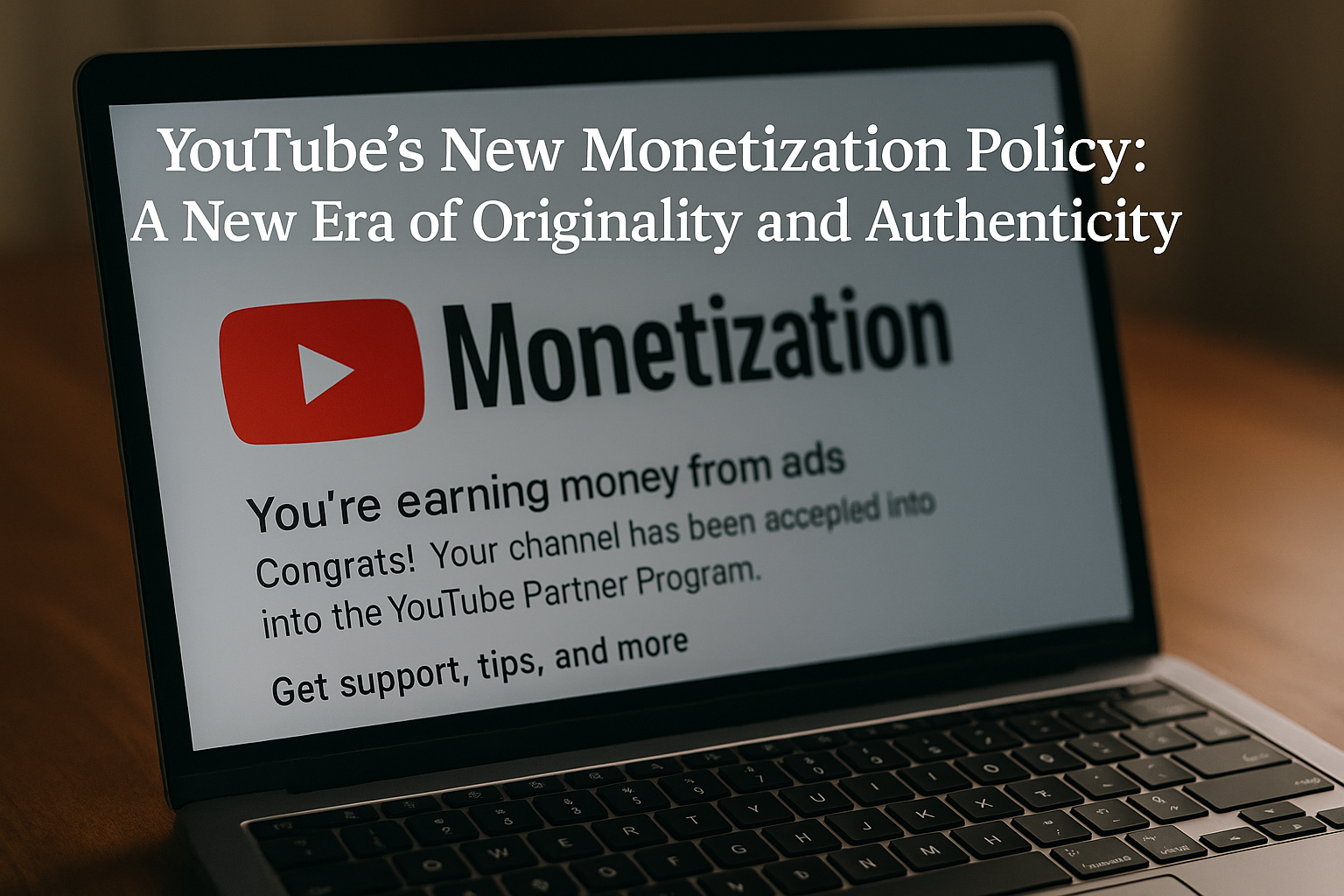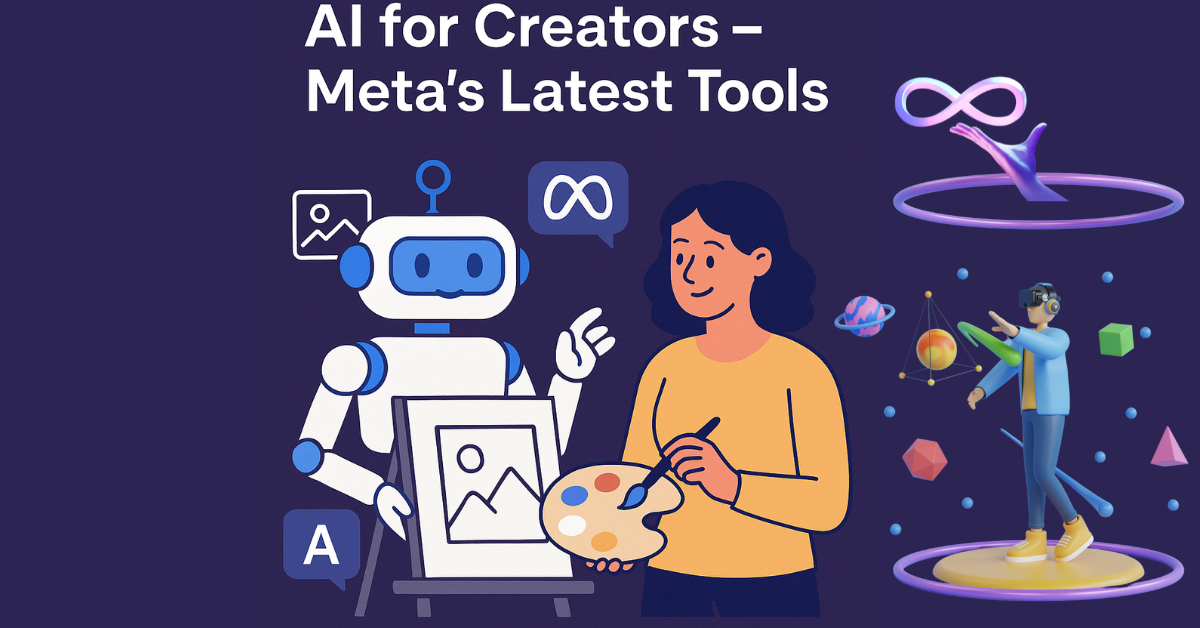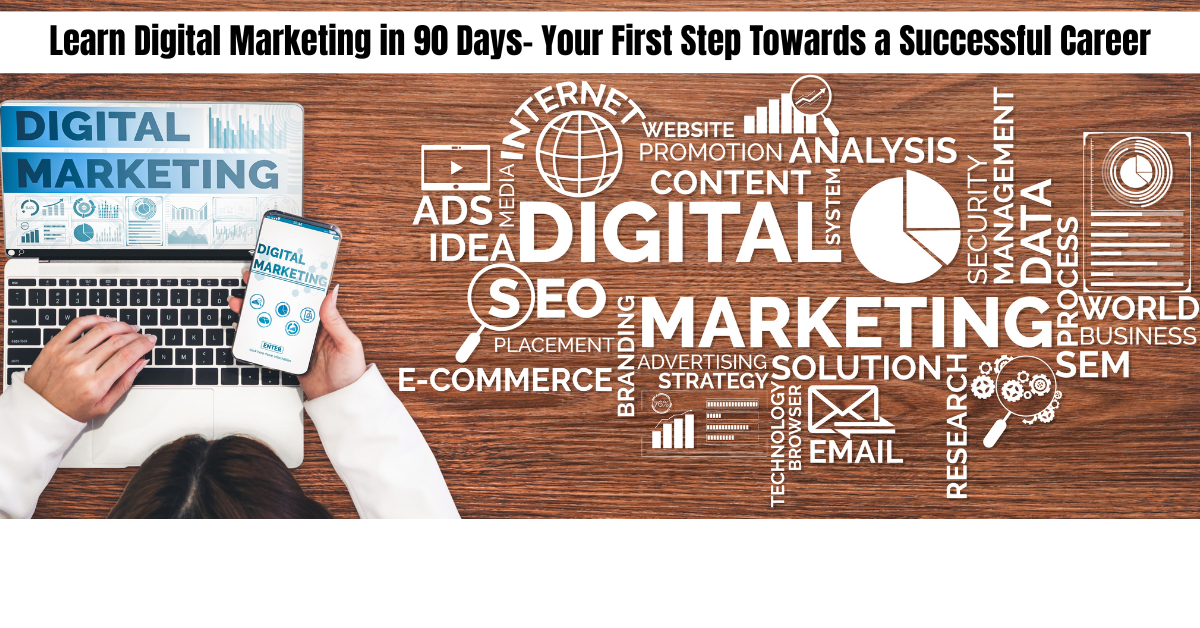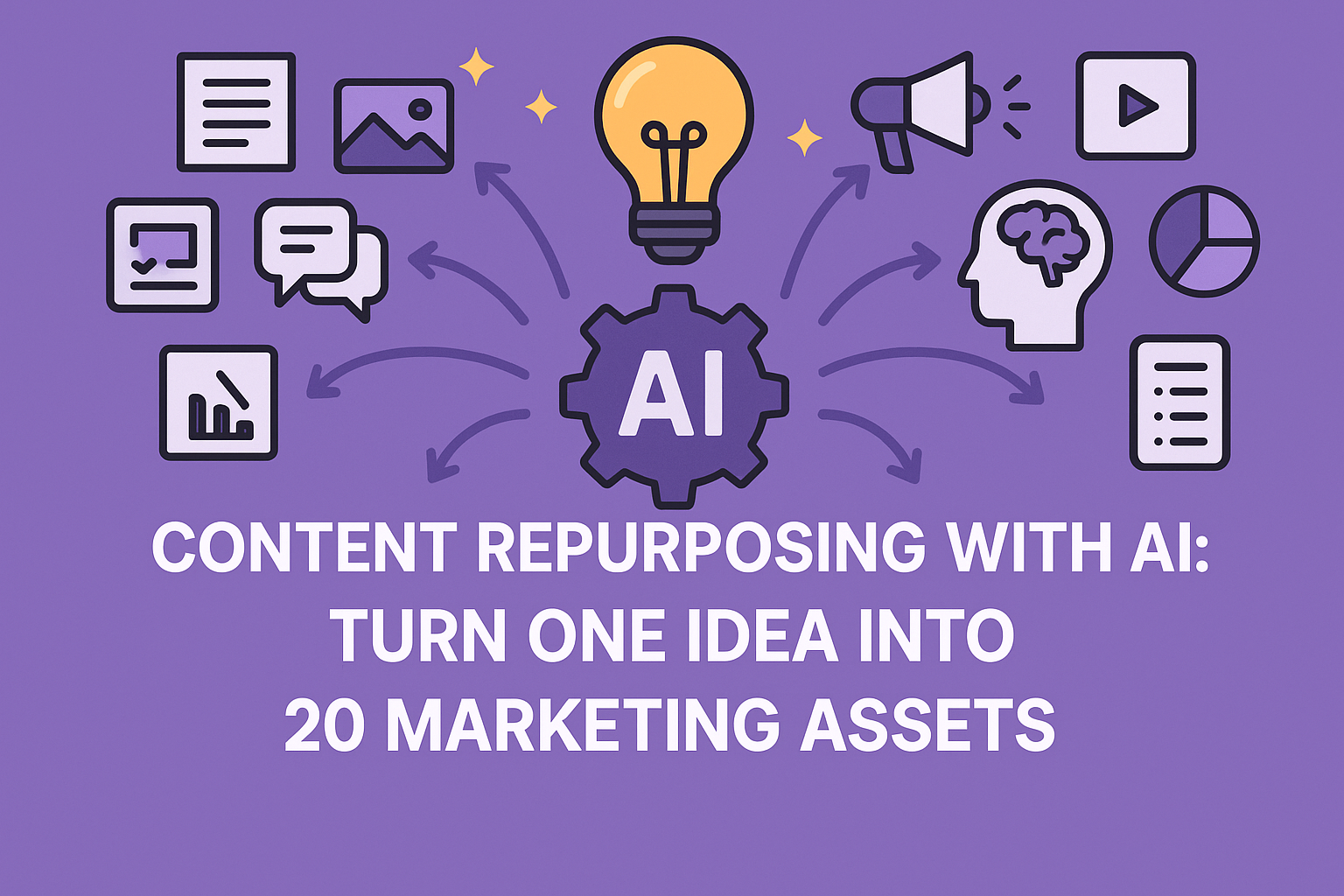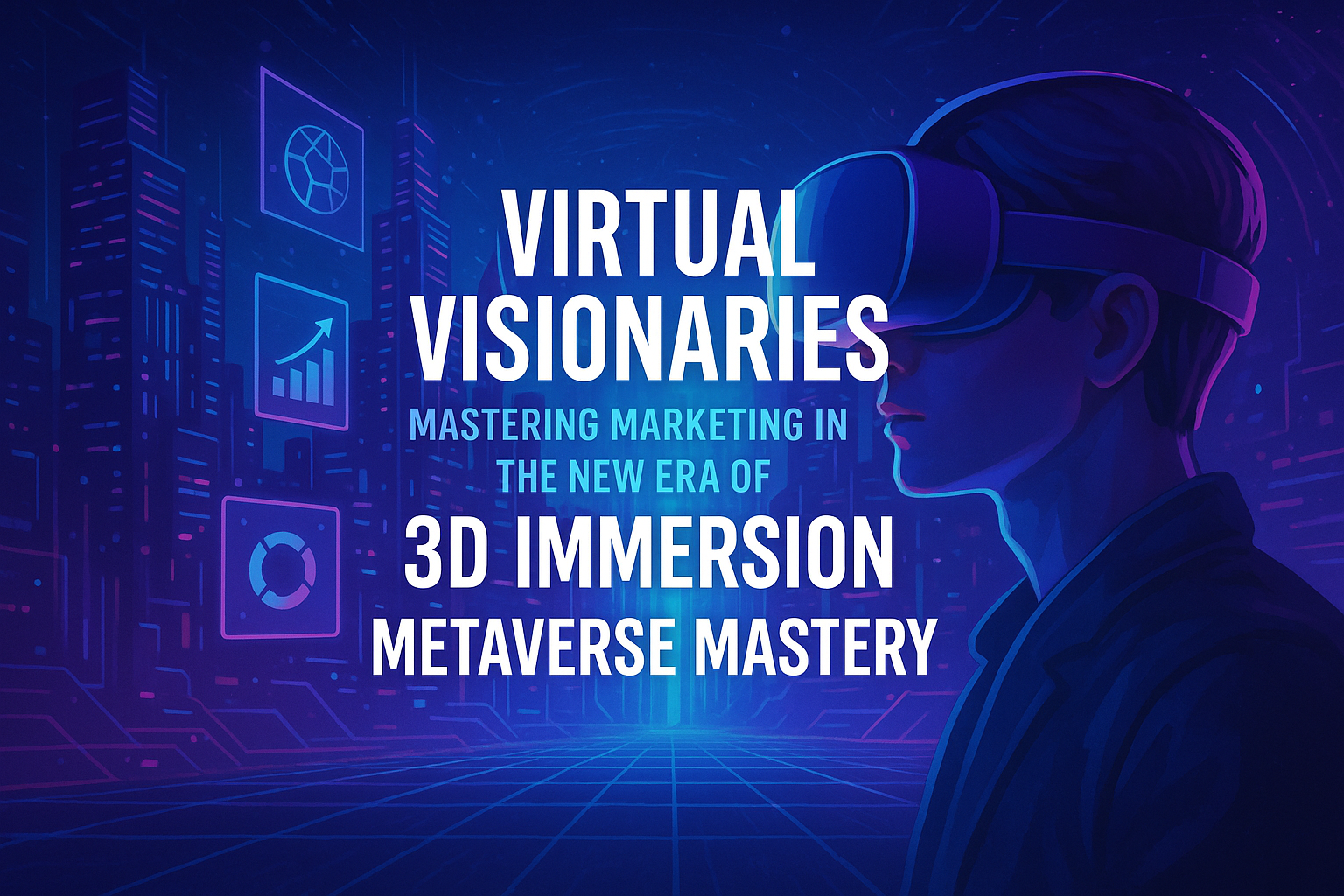In 2025, Among the most talked-about methods are affiliate marketing, dropshipping, and influencer marketing the internet continues to present endless opportunities for individuals to make money online. Whether you’re a student, a freelancer, a stay-at-home parent, or a full-time hustler, the urge to create multiple income streams has never been stronger. But which one truly offers the best ROI, scalability, and long-term stability in today’s fast-changing digital landscape?
Introduction: The Digital Side Hustle Dilemma
Each model has its own appeal. Affiliate marketing is known for its low startup costs and passive income potential. Dropshipping attracts those interested in building an eCommerce business without handling inventory. Influencer marketing, on the other hand, capitalizes on personal branding and community influence. In this blog, we’ll break down the strengths and challenges of each model, helping you decide which one fits your goals best in 2025.
Understanding Affiliate Marketing

Affiliate marketing is a simple yet powerful model where you promote other companies’ products or services and earn a commission for every sale or action made through your referral link. It’s a win-win model: the brand gets more customers, and you earn income without creating or managing any product.
In 2025, affiliate marketing has matured. It’s not just about pushing random links anymore; it’s about trust, quality content, and targeted promotion. Whether you’re running a niche blog, a YouTube channel, or a TikTok account, you can integrate affiliate links organically into your content. Tools like AI writers, SEO analyzers, and link shorteners have made it easier than ever to optimize affiliate campaigns. Additionally, affiliate networks like Impact, ShareASale, and PartnerStack offer a wide range of high-converting products and services to promote.
Exploring Dropshipping
Dropshipping is an eCommerce fulfillment method where you sell products online without ever handling inventory. Instead, when a customer places an order, it is sent directly to a third-party supplier who fulfills the delivery on your behalf. This business model became wildly popular due to its low overhead costs and the ability to scale quickly using platforms like Shopify, WooCommerce, and AI-driven product research tools.
In 2025, dropshipping remains a viable option, though not as easy as it was a few years ago. With growing competition and smarter consumers, generic AliExpress stores rarely work now. Today, successful dropshippers focus on brand-building, better shipping partners, and customer support to stay ahead. Using social proof, user-generated content, and influencer collaborations can significantly boost conversions. Still, it’s important to remember that dropshipping comes with risks—especially around product quality, shipping delays, and ad account bans.
Influencer Marketing in 2025

Influencer marketing has evolved into a full-fledged industry. No longer limited to celebrities or mega-followers, even micro and nano-influencers are monetizing their platforms by promoting products, services, and apps to loyal audiences. If you have a camera, a message, and consistency, you can become an influencer on platforms like Instagram, YouTube, TikTok, and LinkedIn. In 2025, influencer marketing is more diverse than ever.
Brands now focus more on engagement rates than follower counts. Whether you’re reviewing gadgets, creating travel vlogs, or sharing personal development tips, there’s a niche audience ready to follow you. Influencers monetize not only through brand deals but also affiliate partnerships, digital products, paid shoutouts, and more. However, growing and sustaining influence requires content planning, audience management, and adapting to ever-changing algorithms.
So, which business model wins in 2025—affiliate marketing, dropshipping, or influencer marketing?
If you’re just starting out with limited resources, affiliate marketing is the safest and most sustainable choice. If you want to take bigger risks for faster returns and are skilled at digital marketing, dropshipping may be a better fit. If you’re creative, confident on camera, and want to build a personal brand, influencer marketing offers massive growth potential.
Startup Costs Comparison
When considering which business model to pursue, startup cost is a key factor. Affiliate marketing is the cheapest to begin with—many successful affiliates started with just a blog or YouTube channel. If you’re leveraging free platforms and organic traffic, your only investment may be time and effort. Dropshipping requires more capital, especially for setting up an online store, running Facebook or Google ads, and managing customer service. On average, starting a basic dropshipping business may cost between ₹10,000 to ₹50,000 in India or $200–$1000 globally.
Influencer marketing has varying costs. If you’re just starting with a smartphone, ring light, and basic editing apps, your costs remain low. However, scaling into professional video production, paid promotions, and content collaboration can increase expenses. Among the three, affiliate marketing clearly has the lowest barrier to entry in 2025.
Ease of Setup and Management
From an operational perspective, affiliate marketing is relatively passive. Once you’ve created evergreen content that ranks or gets views, affiliate links embedded in blogs or videos can generate income long after publishing. Dropshipping, on the other hand, requires more active management. You’ll be dealing with suppliers, returns, customer complaints, and inventory issues—even if you don’t handle the physical products yourself.
Influencer marketing can be time-consuming, especially if you post consistently across multiple platforms. You’ll also need to engage with your community, create valuable content, and track your analytics to stay relevant. Overall, affiliate marketing is the easiest to manage, while dropshipping is the most demanding.
Earning Potential and Scalability
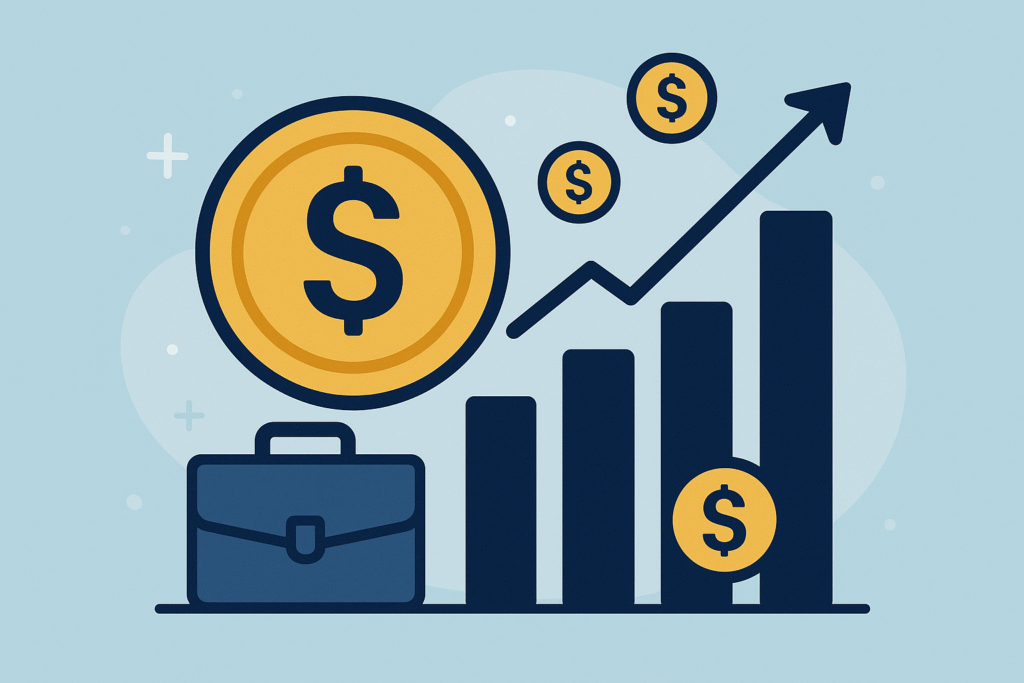
All three models can be extremely profitable, but they scale differently. With affiliate marketing, income grows as your content library and audience grow. It may take a few months to see serious results, but the income becomes largely passive over time. Some top affiliates earn ₹1 lakh to ₹10 lakhs per month by promoting tools, hosting services, or SaaS products.
Dropshipping can scale very fast, especially if you find a winning product and master paid ads. However, this model is sensitive to ad costs, supplier delays, and customer experience. One viral product can earn you lakhs in a week—but losses can also pile up quickly with failed ad campaigns.
Influencer marketing can be highly lucrative once you build a loyal audience. From brand deals and affiliate commissions to YouTube monetization and online courses, influencers today have many revenue streams. However, the dependency on audience engagement and platform algorithms makes it less stable than affiliate marketing.
Risk Factor and Market Saturation
Risk is an important factor to consider. Affiliate marketing is relatively risk-free—there’s no product liability, no shipping issues, and no upfront costs. Even if a particular product stops converting, you can switch to a new one easily. That said, competition is high, and content creation requires patience and consistency.
Dropshipping carries more risk. You must invest in ads, deal with chargebacks, handle supplier issues, and face market saturation. Many dropshippers fail due to poor product selection or lack of customer trust. Influencer marketing is a medium-risk venture. While brand deals are great, they can dry up if your engagement drops or platforms update their algorithms unfavorably.
In summary, affiliate marketing is the least risky, dropshipping is the most volatile, and influencer marketing sits in the middle.
Skillsets You Need in 2025
Each model requires a unique skillset. Affiliate marketing thrives on SEO, copywriting, email marketing, and keyword research. If you’re comfortable writing blog posts, reviewing products, or creating tutorial videos, you can succeed in this field.
Dropshipping demands skills in Facebook Ads, Google Ads, funnel optimization, store design, and customer service. Influencer marketing, meanwhile, leans heavily on content creation, video editing, personal branding, and audience management. If you love being in front of the camera and can create value-driven content consistently, influencer marketing is your zone.
The good news is, in 2025, AI tools can help bridge skill gaps. From content generators and SEO tools to ad design and caption writing, creators have powerful software at their fingertips.
Long-Term Sustainability and Growth

When it comes to sustainability, affiliate marketing and influencer marketing have long-term potential. A well-ranking affiliate blog post or a viral YouTube video can bring in passive income for years. Influencer marketing, too, can be sustainable if you build a strong personal brand with loyal followers.
Dropshipping, however, requires constant product research and reinvention. Unless you evolve into a private-label brand or a full-fledged eCommerce business, it becomes difficult to sustain long-term success. That said, some entrepreneurs successfully scale dropshipping stores into 7-figure eCommerce brands through branding, storytelling, and influencer collaborations.
Which Model Suits You Best?
The best model depends entirely on your personality, strengths, and available resources. If you prefer staying behind the scenes and writing content or making videos, affiliate marketing is perfect. If you want to build a brand, control pricing, and don’t mind customer service, dropshipping is worth exploring. If you’re a natural entertainer, educator, or storyteller, and you enjoy being in the public eye, influencer marketing could be your calling.
The Power of Combining Models
The smartest digital entrepreneurs in 2025 are no longer relying on just one stream. They combine models to maximize revenue. For instance, many influencers use affiliate links in their posts to earn extra income. Dropshippers collaborate with influencers to boost sales and brand credibility. Affiliate marketers also build personal brands and transition into influencer status.
Combining these models allows you to diversify income, build trust, and scale faster. For example, a tech influencer could start a YouTube channel, promote affiliate products, and eventually launch their own dropshipping store with custom gadgets.
Conclusion: Final Verdict
So, which business model wins in 2025—affiliate marketing, dropshipping, or influencer marketing?
If you’re just starting out with limited resources, affiliate marketing is the safest and most sustainable choice. If you want to take bigger risks for faster returns and are skilled at digital marketing, dropshipping may be a better fit. If you’re creative, confident on camera, and want to build a personal brand, influencer marketing offers massive growth potential.
In reality, there’s no one-size-fits-all answer. Each model can succeed if executed with dedication, strategy, and patience. Start with the one that aligns with your strengths and evolve over time. The beauty of 2025 is that you don’t have to choose just one—you can combine all three for maximum impact and income. learn more about Affiliate , Dropshipping and Influencer Marketing with Zealimpact


